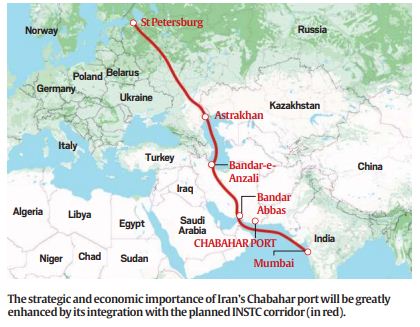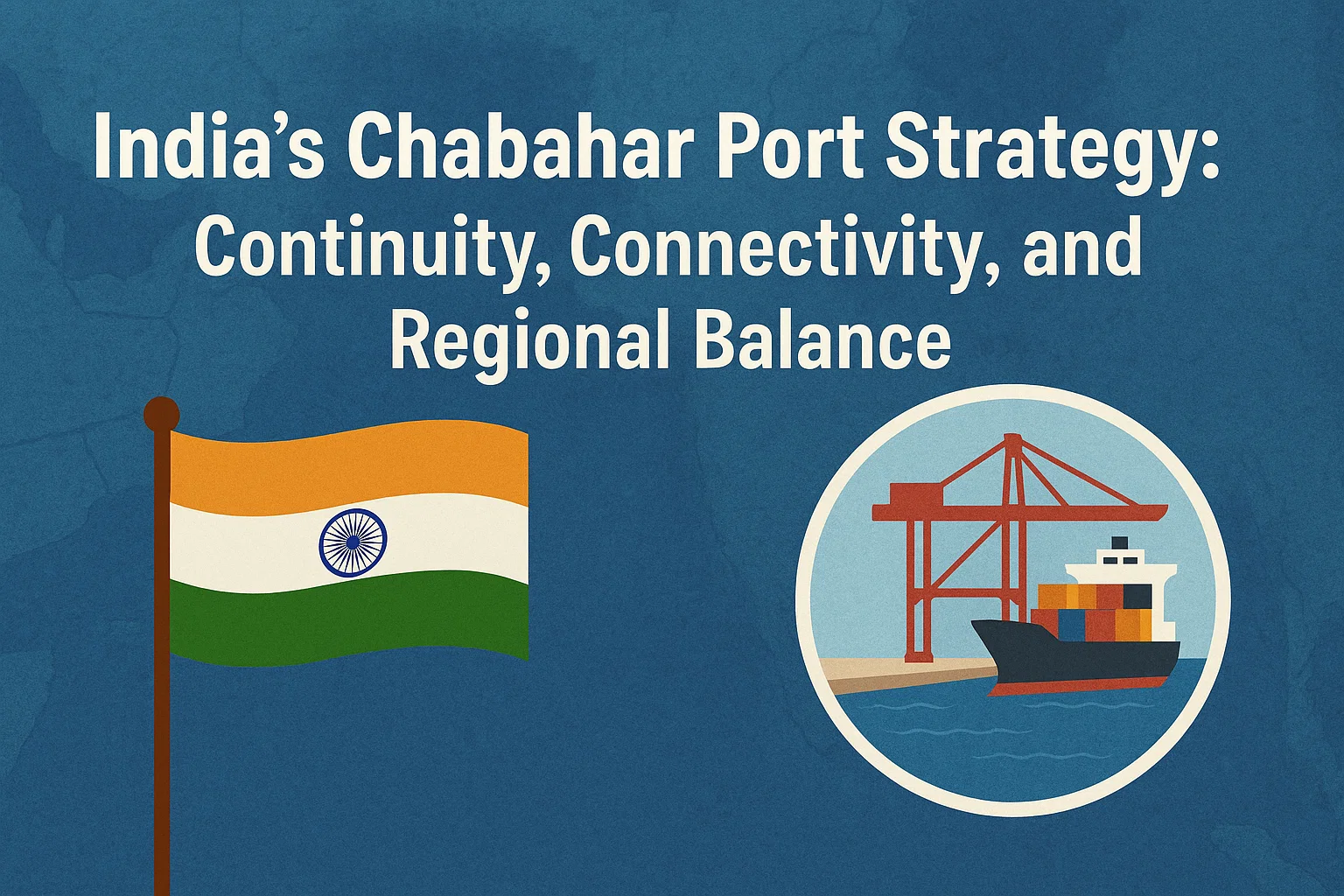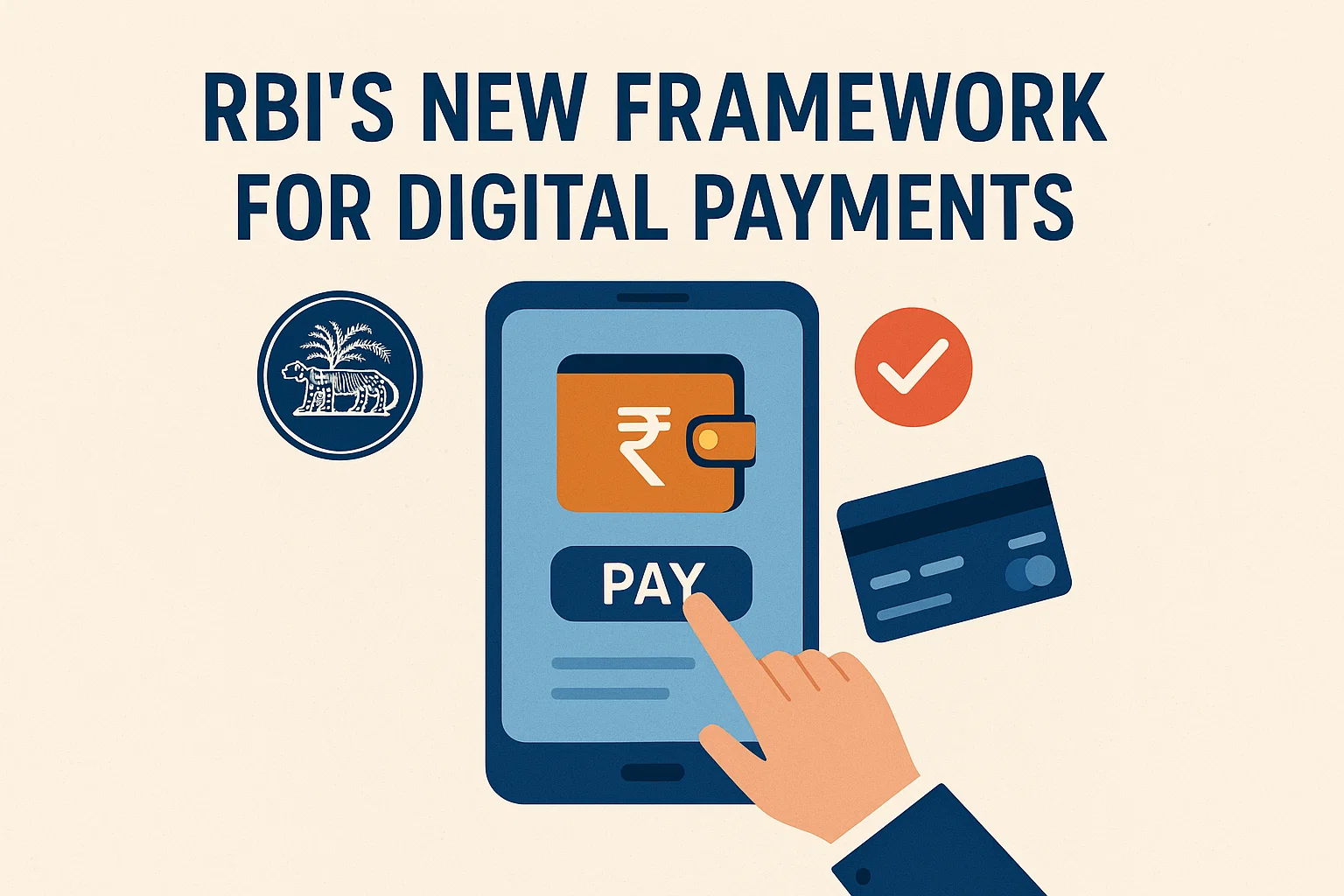India’s Chabahar Port Strategy: Continuity, Connectivity, and Regional Balance
India’s partnership with Iran on Chabahar Port shows its long-term vision for regional connectivity, strategic autonomy, and Eurasian access amid US sanctions and China’s Belt and Road influence.
Introduction
India’s partnership with Iran on the Chabahar Port highlights its drive for regional connectivity and strategic independence amid shifting US policies, renewed sanctions, and China’s growing influence through the Belt and Road Initiative. Despite sanctions pressure, India continues this commitment, balancing diplomatic risks with its goals for Eurasian access, economic growth, and regional leadership. Aleksei Zakharov’s article “Strategic Continuity: Why India Holds Steady on Chabahar” (Observer Research Foundation, October 6, 2025) offers a thoughtful study of India’s enduring engagement with the port. This essay builds on those ideas to explore how India’s approach reflects a long-term strategy shaped by geography, diplomacy, and regional competition.
Origin and Importance
Chabahar Port, located on Iran’s southern coast along the Gulf of Oman, offers India direct access to the Arabian Sea while avoiding the congested Strait of Hormuz. This location gives India a unique trade and transit advantage, especially because it bypasses Pakistan. The port’s two terminals—Shahid Kalantari and Shahid Beheshti—have been developed to manage increasing maritime traffic, with the latter capable of handling larger vessels due to its deep draft.
India’s involvement began with a 2015 Memorandum of Understanding with Iran, later expanded into a trilateral agreement with Afghanistan. The aim was clear: to establish a stable trade route to Afghanistan and Central Asia that was not dependent on Pakistan. Since then, Chabahar has become a symbol of India’s intent to extend its regional influence through trade, logistics, and infrastructure.
The port’s location allows it to serve as a maritime gateway for landlocked nations such as Afghanistan and the Central Asian republics, opening access to the Indian Ocean. For India, this means not only trade benefits but also greater political and strategic visibility in Eurasia.
Sanctions and Setbacks
Despite its promise, Chabahar’s development has faced repeated obstacles from United States sanctions on Iran. Under former President Donald Trump’s “maximum pressure” campaign, financial restrictions on Iran tightened, complicating India’s operations. When Washington revoked India’s sanctions exemption in 2025, many viewed it as a major diplomatic setback. In reality, India had already been struggling with limited access to banking channels and a lack of official licensing for trade.
These sanctions created practical difficulties. India could not import critical equipment like Ship-to-Shore cranes and was forced to use less efficient Mobile Harbour Cranes. These adjustments show how India adapts rather than withdraws, sustaining progress even under pressure. In effect, India had been working around sanctions long before the formal waiver was withdrawn.
This experience underlines a larger truth: New Delhi’s commitment to Chabahar was never dependent on American approval but on its own long-term strategic calculation.
Strategic Vision
India’s persistence at Chabahar is not merely about trade—it represents a broader vision of connectivity and influence. The port functions as a gateway to the Eurasian region and forms an essential link in the International North-South Transport Corridor (INSTC), a 7,200-kilometre network connecting India to Russia and Europe via Iran and the Caspian Sea. Once the planned railway connection between Chabahar and Zahedan is complete, India will gain a seamless land-sea trade route into Central Asia.
This project fits India’s long-standing pursuit of “strategic autonomy”—maintaining freedom of action amid competing global powers. Investing in Chabahar allows India to strengthen its partnerships with Iran, Afghanistan, and Central Asia without relying excessively on either the United States or China. In doing so, India demonstrates an independent and self-reliant foreign policy approach that aligns with its broader development and security interests.

Regional Rivalries
Chabahar’s strategic value also lies in its role as a counterbalance to China’s growing presence in the region. China’s Belt and Road Initiative (BRI), particularly the China-Pakistan Economic Corridor (CPEC) built around Pakistan’s Gwadar Port, represents a rival infrastructure network. Gwadar and Chabahar are less than 200 kilometres apart but symbolise opposing visions of regional connectivity—one led by China and Pakistan, the other by India and Iran.
India recognises that stepping back from Chabahar would hand China greater control over regional trade routes and influence. Thus, even amid sanctions and diplomatic friction, New Delhi continues to invest in the port. Chabahar, in this sense, is both an economic asset and a geopolitical statement—an assertion of India’s resolve to shape regional outcomes rather than be shaped by them.
This competition reflects a wider struggle for influence in the Indian Ocean and Central Asia, where both China and India seek to extend their economic and political footprints. Chabahar offers India an avenue to compete on its own terms, reinforcing its image as a credible and steady regional actor.
Adapting under Pressure
Operating under sanctions has compelled India to innovate. Analysts describe this as functioning in a “grey zone”—conducting legitimate trade while avoiding unnecessary public attention that could trigger political or financial restrictions. India may draw lessons from Russia’s experience of sustaining trade operations under sanctions by using flexible financial mechanisms and discreet procurement methods.
Most importantly, India ensures that its Chabahar operations remain compliant with international norms. Humanitarian goods, food aid, and permitted commodities continue to move through the port. This careful balance between legal trade and strategic intent demonstrates India’s ability to operate pragmatically within tight constraints.
The strategy underscores a key feature of Indian diplomacy—its capacity to combine caution with persistence. Even without full-scale international cooperation, India continues to strengthen its foothold through measured, lawful engagement.
Regional Partnerships
Beyond India and Iran, Chabahar’s value is increasingly recognised by Central Asian countries such as Uzbekistan and Turkmenistan. These landlocked states view the port as their most direct outlet to the Indian Ocean. The India-Central Asia dialogue and the India-Iran-Uzbekistan trilateral forum have both made Chabahar a centrepiece of regional cooperation.
This development marks a shift from a bilateral initiative to a genuinely multilateral hub, integrating trade, energy, and transport across borders. It highlights India’s growing diplomatic influence in Eurasia, where connectivity projects increasingly serve as tools of both commerce and strategy.
Russia also observes Chabahar with interest. While Moscow currently prioritises its own routes through Bandar Abbas and Astara, it supports India’s broader INSTC vision, which seeks to link South Asia with Europe. In the long term, greater coordination among India, Iran, and Russia could make Chabahar a cornerstone of continental trade.
Continuity amid Change
India’s consistent focus on Chabahar exemplifies “strategic continuity.” Rather than reacting to short-term political shifts, New Delhi pursues a stable, long-term agenda that values persistence over rapid results. This steadiness enhances India’s reputation as a reliable partner and demonstrates its capacity for measured diplomacy even in uncertain environments.
The 2024 ten-year contract to operate and expand Chabahar underlines this continuity. With increased financial commitments and modernisation efforts, India signals its determination to remain engaged for the long haul. Even if future operations must become more discreet, the strategic direction remains firm: Chabahar will continue as a cornerstone of India’s regional outreach.
Lessons and Implications
Chabahar’s story offers several lessons for India’s foreign policy and for global strategy more broadly. First, it shows how geography often determines strategy more than ideology or alliances. India’s need for alternative trade routes arises from its geography and its ambition to reach Central Asia without passing through Pakistan.
Second, it highlights the benefits of patience and flexibility in navigating global politics. Instead of confronting American sanctions head-on, India builds quiet alternatives and maintains its long-term vision. Third, it signals a broader trend: Asia’s future is being shaped increasingly by regional cooperation and self-reliance rather than external approval.
For Afghanistan and Central Asia, Chabahar represents a gateway to the sea and to economic opportunity. For Iran, it is an essential economic lifeline amid ongoing sanctions. For India, it is both a commercial and strategic investment—a statement that true influence lies not only in power but in persistence and connectivity.
The Broader Picture
India’s commitment to Chabahar fits into its wider foreign policy of promoting regional stability while deepening economic integration. The port strengthens India’s presence in the Indian Ocean and cements its role as a bridge between South and Central Asia. It also demonstrates India’s reliability as a long-term development partner, capable of maintaining projects through political and economic turbulence.
In a global environment marked by shifting alliances, Chabahar reflects India’s ability to pursue national interests through consistent engagement rather than confrontation. It shows that influence can be earned through endurance and constructive partnerships, not merely through power or pressure.
Conclusion
Chabahar Port today stands as more than a maritime infrastructure project—it embodies India’s diplomatic resilience, economic vision, and strategic foresight. Despite sanctions, logistical challenges, and shifting global politics, India’s continued involvement reveals its long-term approach to connectivity and influence.
By prioritising steady engagement over short-term gain, India demonstrates that meaningful strategy requires continuity and conviction. Chabahar symbolises India’s belief that strength lies not in haste but in persistence. As global dynamics evolve, this steadfast policy ensures that India remains a central player in shaping the future of Eurasian trade and cooperation.
Subscribe to our Youtube Channel for more Valuable Content – TheStudyias
Download the App to Subscribe to our Courses – Thestudyias
The Source’s Authority and Ownership of the Article is Claimed By THE STUDY IAS BY MANIKANT SINGH





